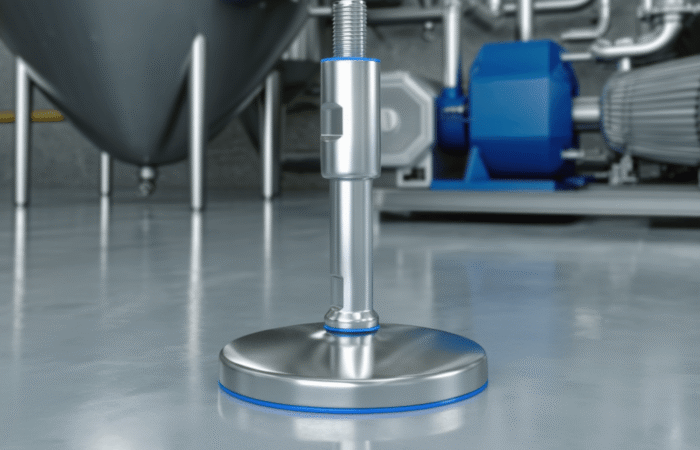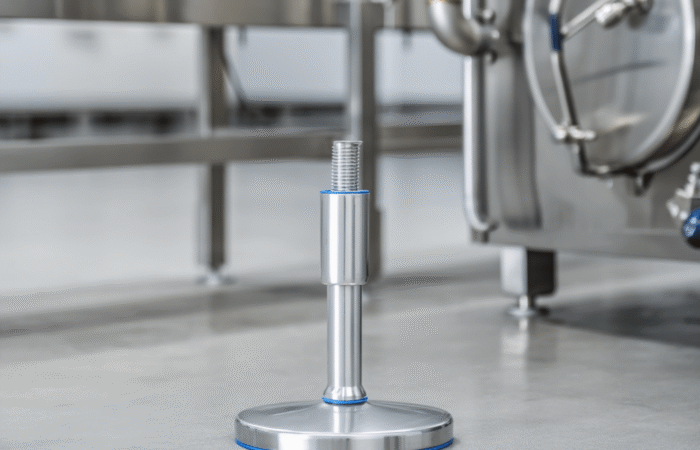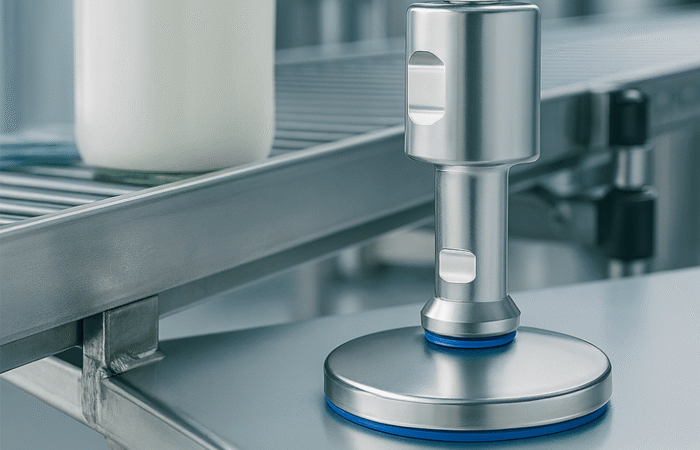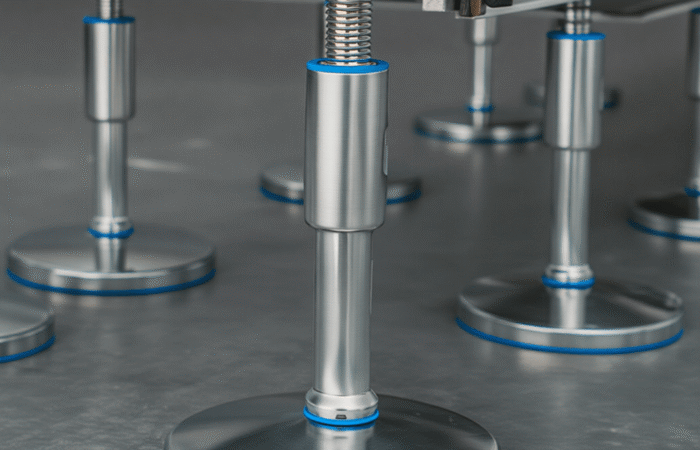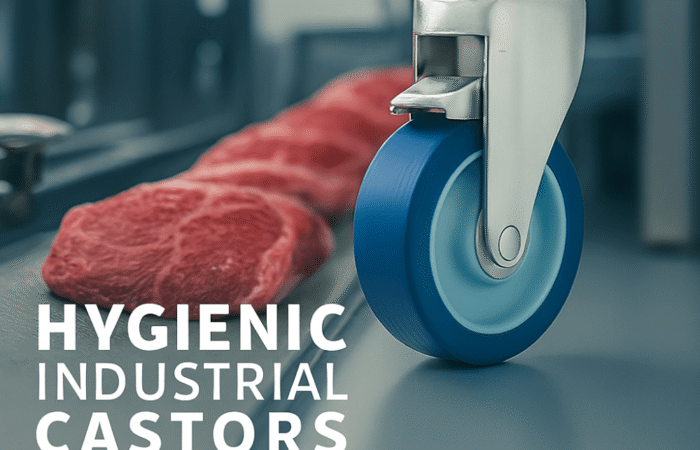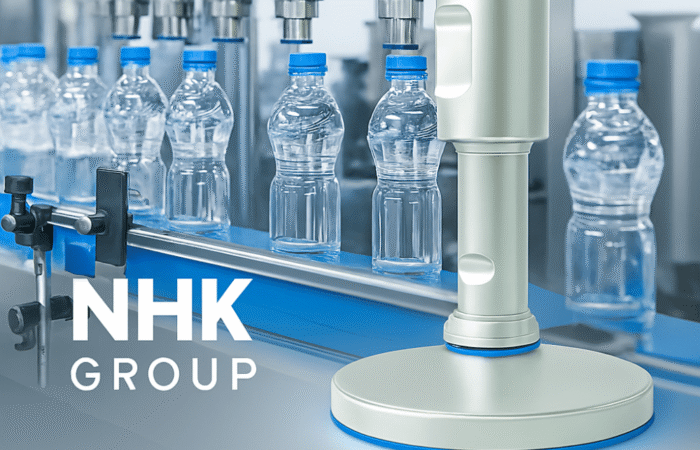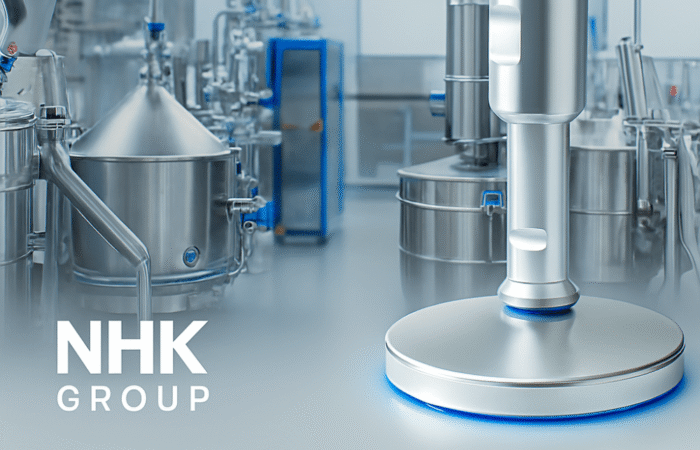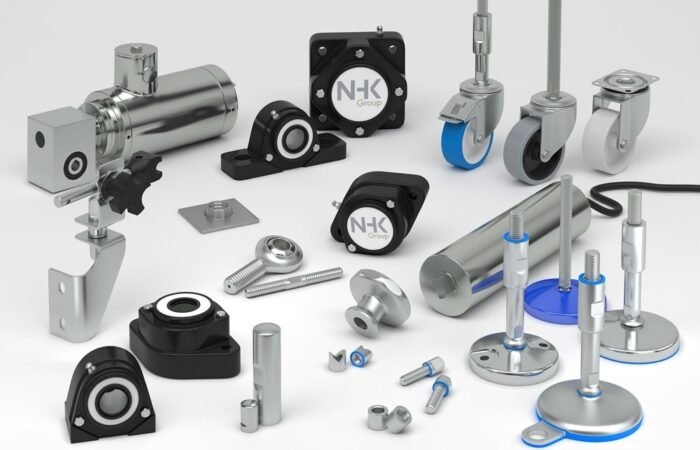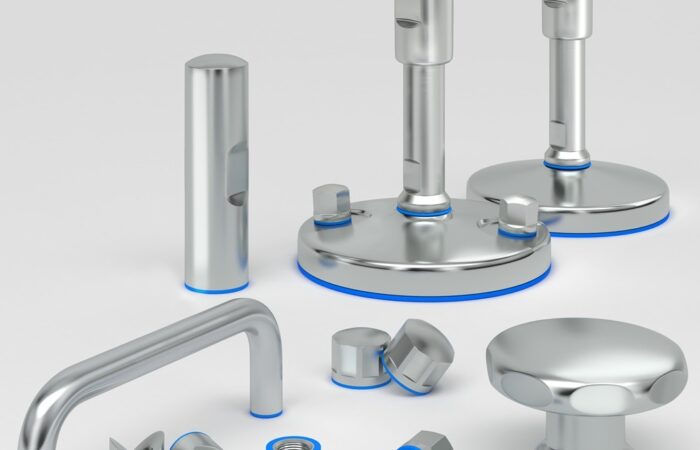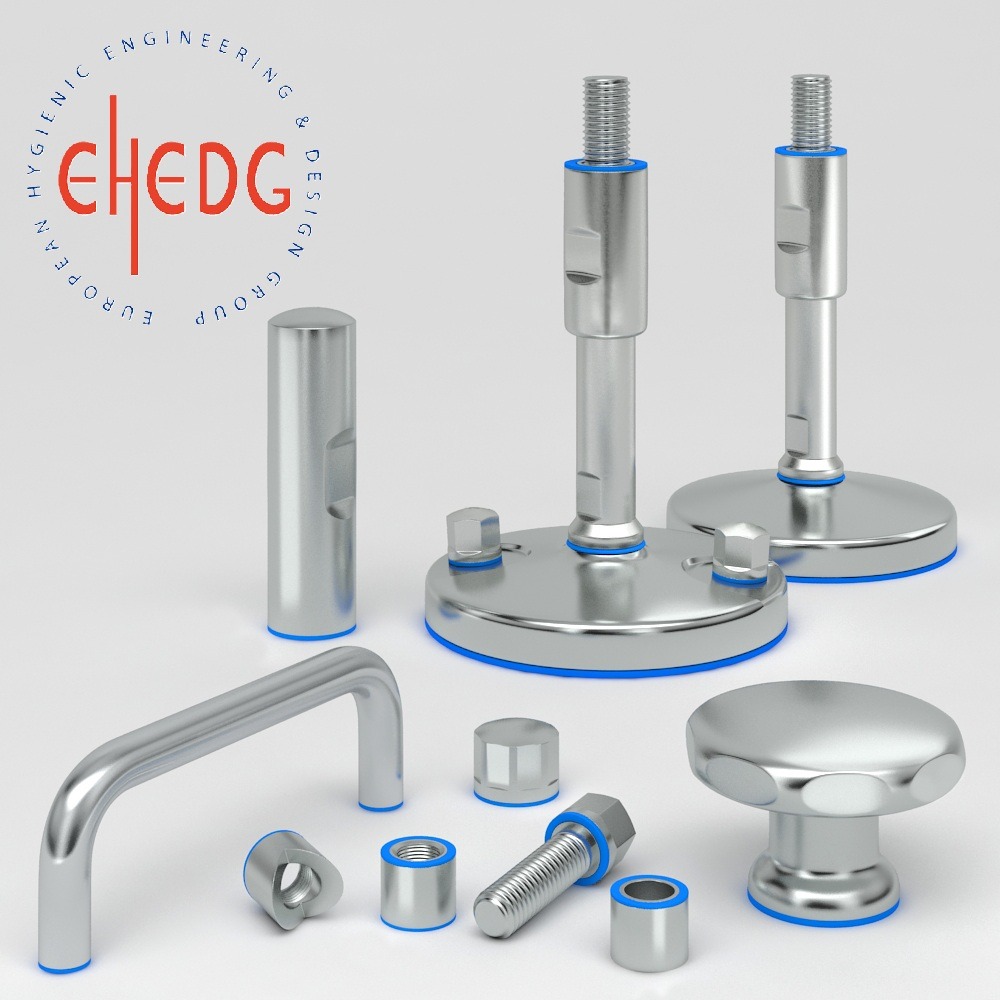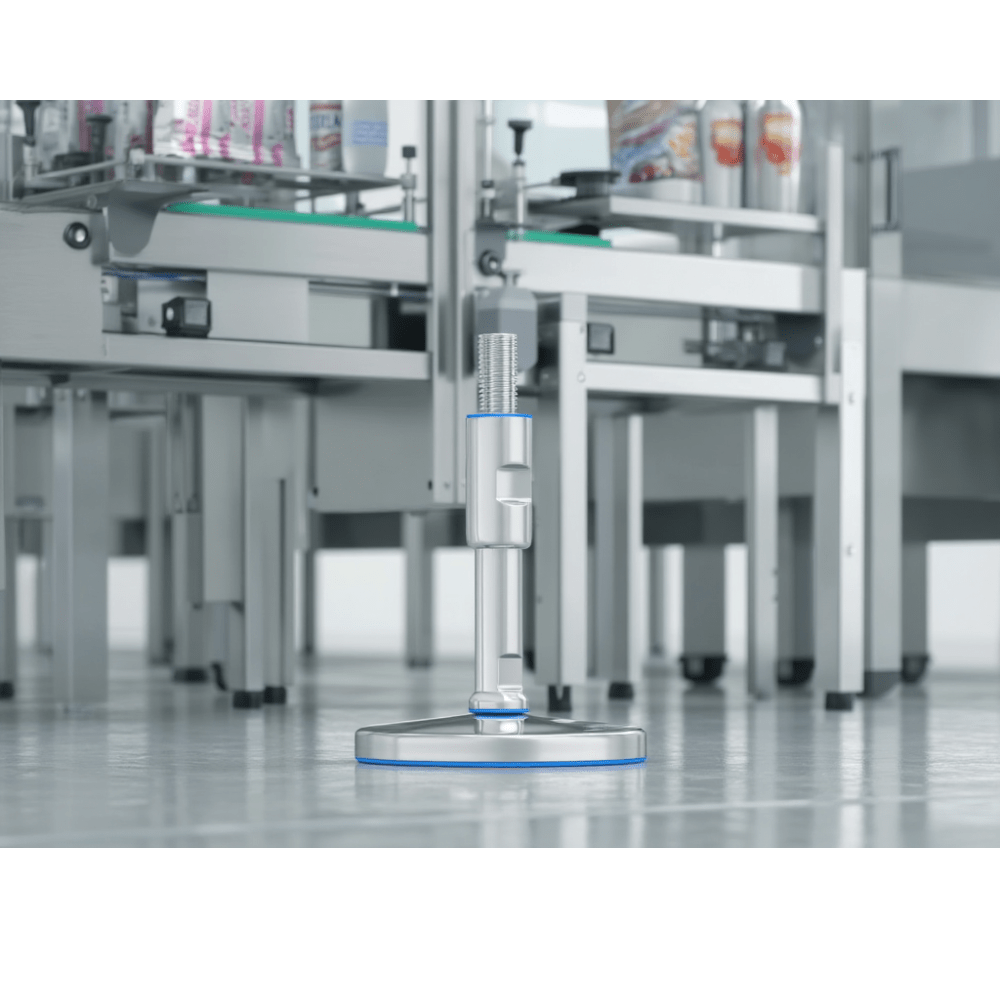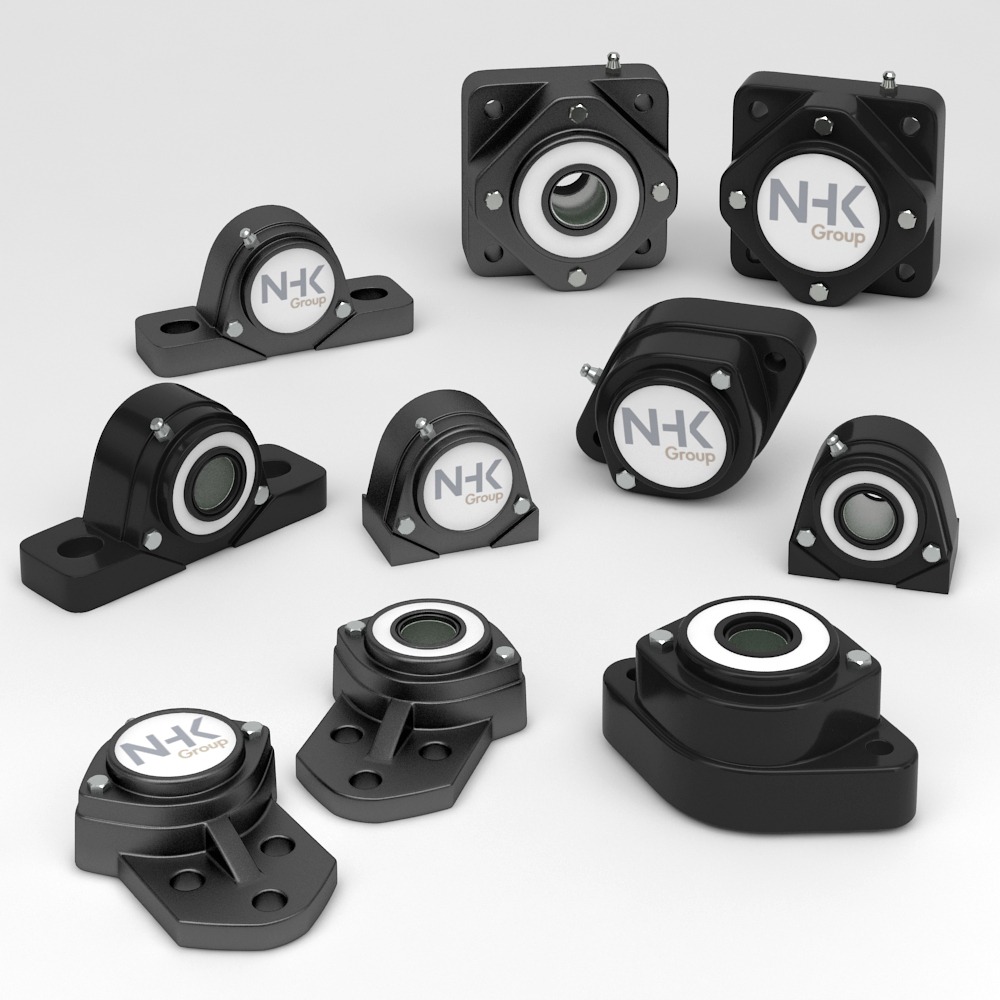
EHEDG and Sanitary Standard Bearing Unit Houses
In the food processing industry, maintaining hygiene and safety is paramount. Equipment components such as bearing houses play a crucial role in ensuring that machinery operates smoothly while adhering to strict hygiene standards. Two prominent standards in this realm are the EHEDG (European Hygienic Engineering & Design Group) and Sanitary Standard bearing houses. These standards are designed to enhance equipment cleanliness and performance, offering critical benefits to manufacturers and consumers alike. The European Hygienic Engineering & Design Group (EHEDG) is a consortium of equipment manufacturers, food industries, research institutes, and public health authorities. EHEDG aims to promote hygiene during the processing and packaging of food products by providing guidelines and certifications for equipment design and construction. EHEDG bearing houses are engineered to meet stringent hygiene requirements. Key features include: Sanitary Standards is a U.S.-based organization that develops standards for hygienic equipment design. These standards are widely recognized in the dairy and food processing industries, focusing on ensuring equipment can be easily cleaned and sanitized. V bearing houses are designed with hygiene and ease of cleaning in mind. Key features include: While both EHEDG and Sanitary Standard aim to enhance hygiene in food processing equipment, there are key differences: By adhering to EHEDG and Sanitary Standard, manufacturers can significantly enhance food safety. The hygienic design of these bearing houses reduces the risk of contamination, ensuring that food products are safe for consumption. Using EHEDG and Sanitary Standard certified equipment helps manufacturers comply with international regulations, facilitating smoother operations and reducing the risk of costly recalls or legal issues. The design features of EHEDG and Sanitary Standard bearing houses contribute to improved equipment performance. Their corrosion-resistant materials and sealed designs lead to reduced downtime and maintenance costs. By investing in certified equipment, manufacturers demonstrate their commitment to quality and safety. This commitment enhances brand reputation and builds consumer trust, leading to increased customer loyalty and sales. When selecting between EHEDG and Sanitary Standard bearing houses, manufacturers should consider their specific industry requirements, regulatory environment, and target markets. Collaborating with equipment suppliers who understand these standards can aid in making informed decisions that align with business goals. EHEDG and Sanitary Standard bearing houses represent the pinnacle of hygiene and performance in the food processing industry. By understanding the features and benefits of each standard, manufacturers can make informed decisions that enhance food safety, comply with regulations, and optimize equipment performance. Investing in certified bearing houses is not only a smart business decision but also a commitment to delivering safe and high-quality food products to consumers worldwide.Ensuring Hygiene and Performance in Food Processing
IP67 Waterproof bearing house units | Sanitary Standard and EHEDG Certified
Understanding EHEDG Bearing Houses
What is EHEDG?
Features of EHEDG Bearing Houses
Exploring Sanitary Standard Bearing Houses
What is Sanitary Standards?
Features of Sanitary Standard Bearing Houses
Comparing EHEDG and Sanitary Standard Bearing Houses
Benefits of Using EHEDG and Sanitary Standard Bearing Houses
Improved Food Safety
Compliance with Regulations
Enhanced Equipment Performance
Brand Reputation and Consumer Trust
Choosing the Right Bearing House for Your Needs
IP67 Waterproof bearing house units | Sanitary Standard and EHEDG Certified
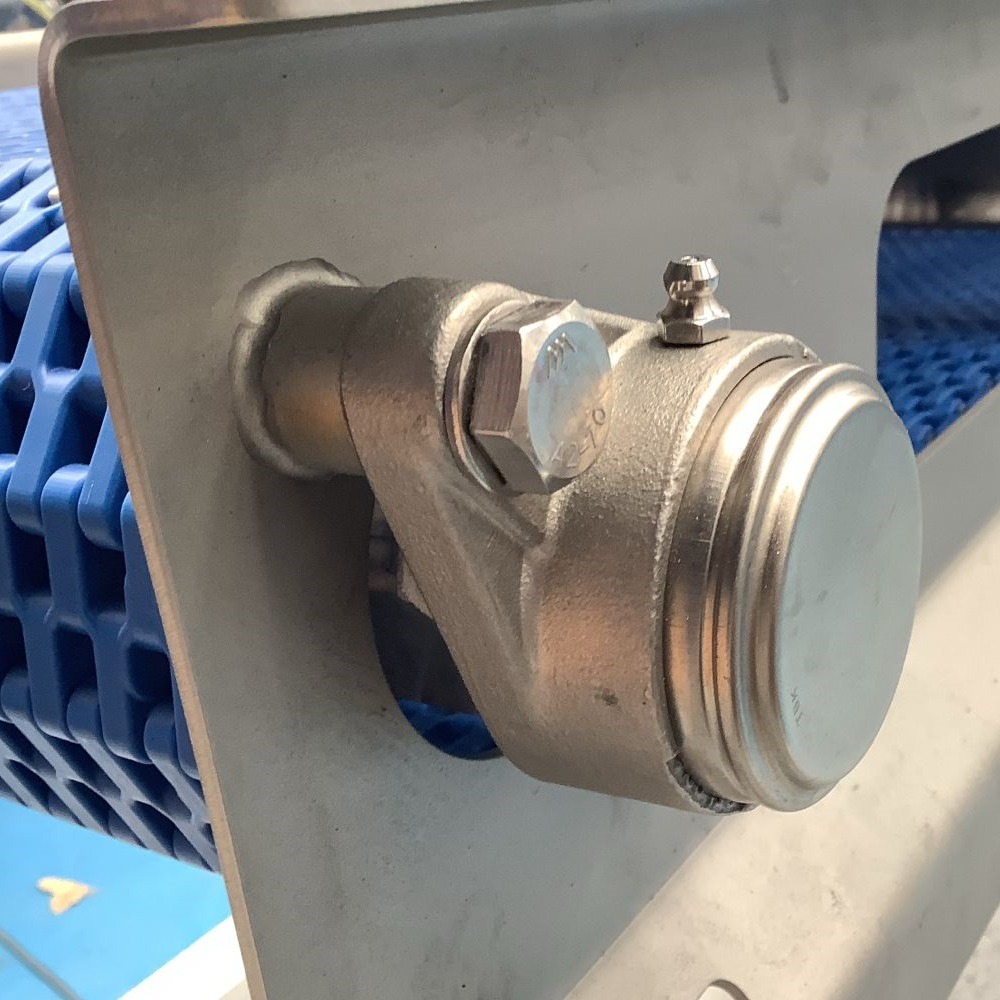
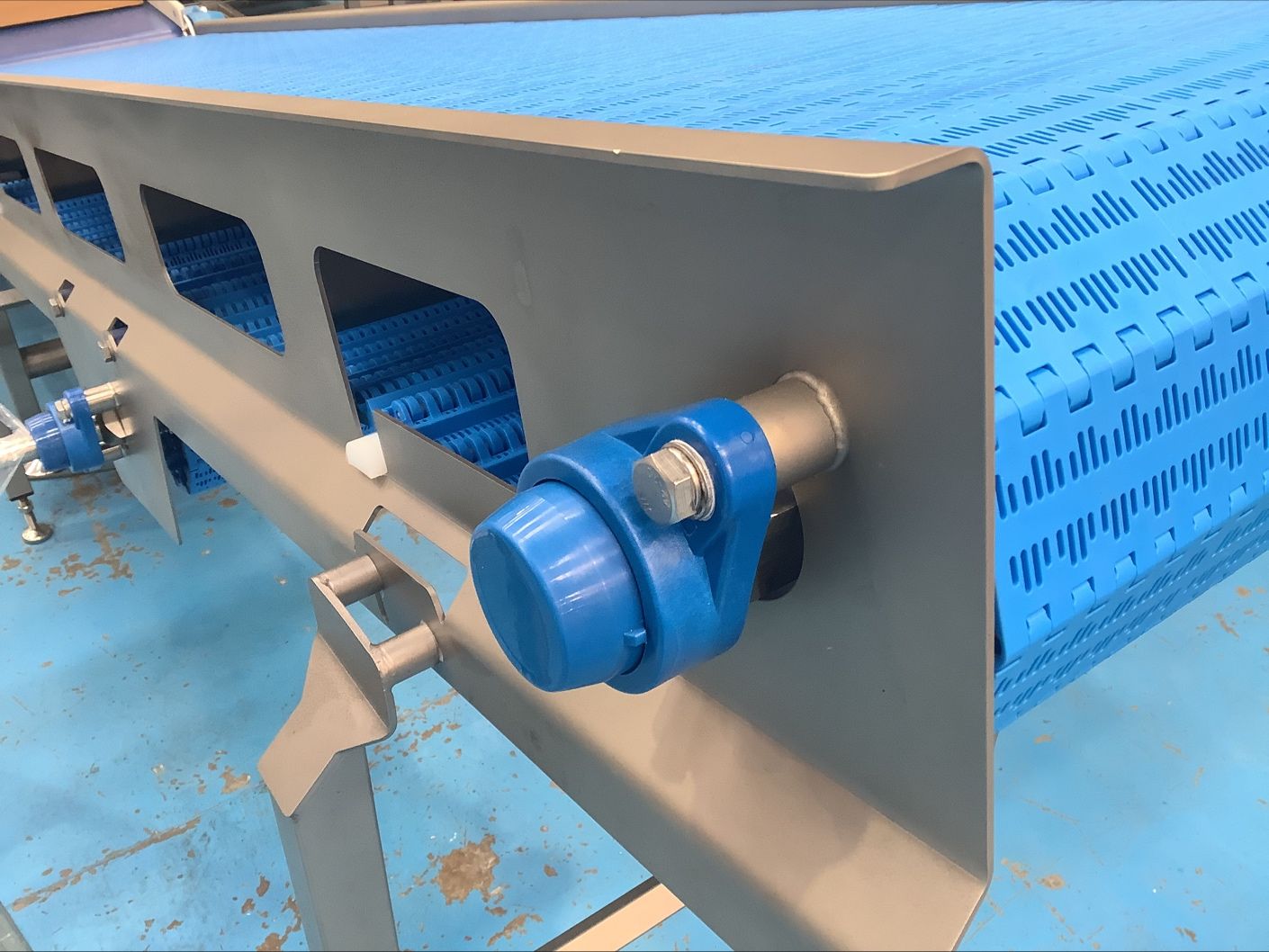
Contact


